Blog:
Transportation and energy
The link to a smarter cleaner future...... →
For general enquiries please contact us on
+44 1223 248888
enquiries2024@innoviatech.com
St Andrew's House, St Andrew's Road
Cambridge CB4 1DL United Kingdom
FIND US
What technologies will transform the transportation infrastructure of the future?…
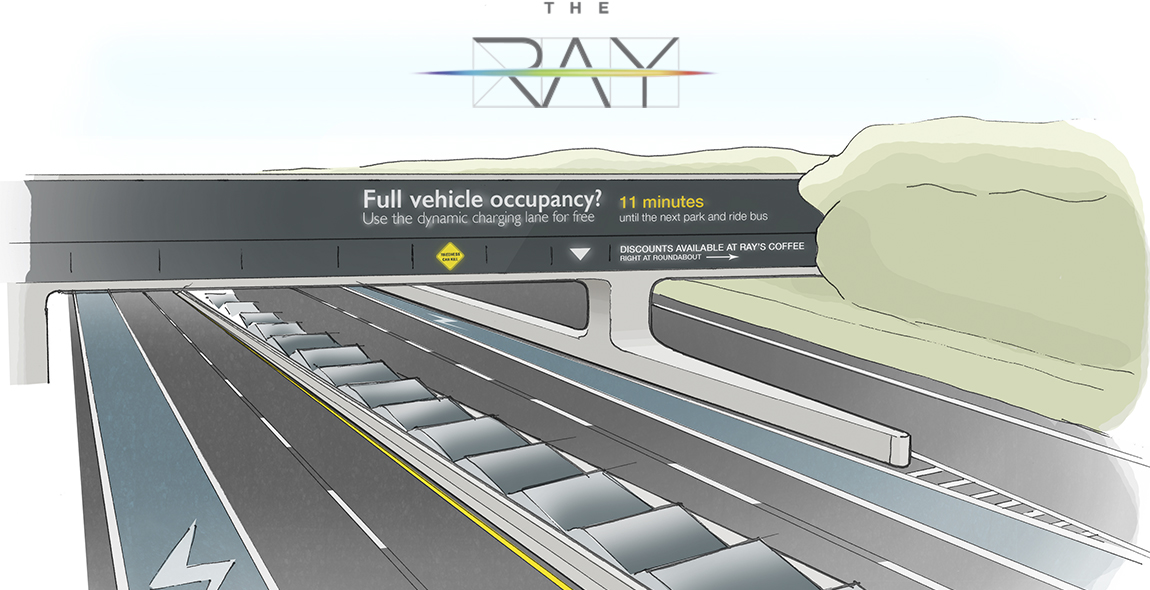
Innovia has been working with The Ray as it develops a proving ground, on interstate 85 (I-85) in Georgia, for the evolving ideas and technologies that will transform the transportation infrastructure of the future.
The Ray has a bold mission to create the world’s first zero-impact highway. That means zero deaths, pollution, carbon, and environmental impact. As with all stretch targets, it’s hard to know where to start. Is the target even possible? What will success look like? What’s our place in this future? How can we help to make it happen?
We started by envisaging what a zero-impact highway might look like. We saw two broad alternatives – one in which the road is smart and full of technology. And another in which the technology embedded in vehicles enables huge savings in physical infrastructure.
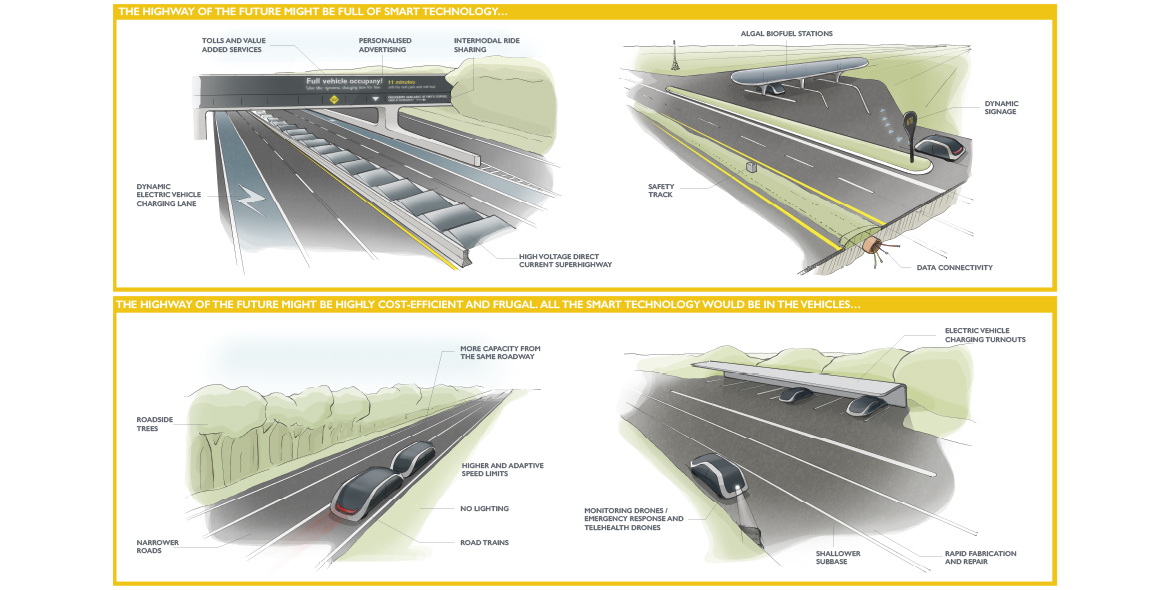
In the early stages, innovators often find themselves with a wealth of potential opportunities, but it can be hard to know where to start.
The Ray had a long list of potential initiatives to make highways more sustainable, from bioswales and wildlife bridges, to electric vehicle (EV) charging and rubberised asphalt. But it could not support them all. Of each potential opportunity we asked three questions:
• Is it really sustainable? How much positive impact can it have?
• How likely is it to work, both technically and commercially?
• Can The Ray help to make it happen?
This last question was crucial. Many big players are investing heavily in the future of sustainable transportation, but what areas could benefit from The Ray’s capabilities and support?
The result – a clear roadmap from 2015–2020, laying out where The Ray could make a difference and how. You can download our full report here. Roadside solar was one key recommendation. The Ray made it happen:
Another recommendation was an unexpected piece of ‘low-hanging fruit’ – drive-over tyre-pressure monitoring. Underinflated tyres increase fuel consumption, reduce tyre life and cause accidents. The Ray installed WheelRight’s drive-over tyre-pressure monitoring station on the I-85, to enable drivers to quickly and easily check their tyre pressures:
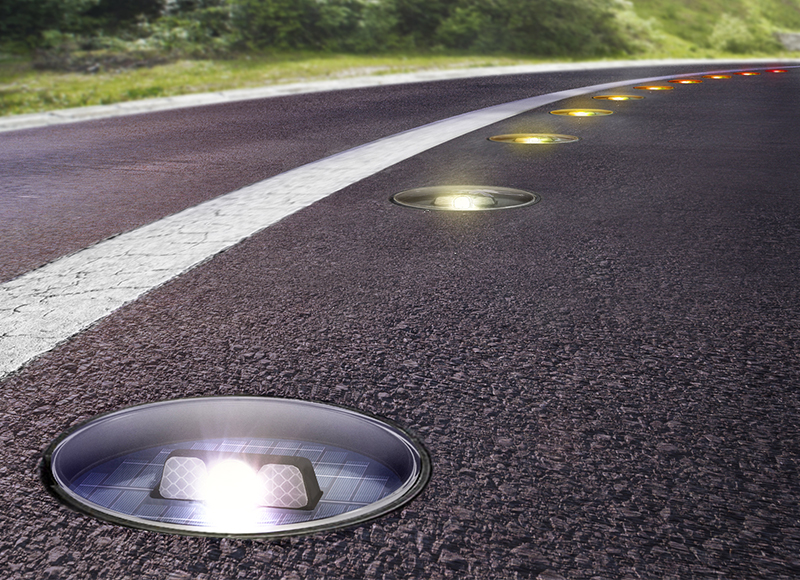
SMART ROAD STUDS
As we reviewed a broad range of future transportation technologies, we identified a new opportunity in the humble cat’s-eye. Solar-powered road studs can help to delineate the lanes at night, but if we make them smart and connected, they could do so much more.
They could sense passing vehicles and build a detailed traffic model. They could alert drivers to accidents, erratically driven vehicles, slow moving traffic, and icy conditions. They could reduce accidents and improve traffic flow. And that’s just the start.
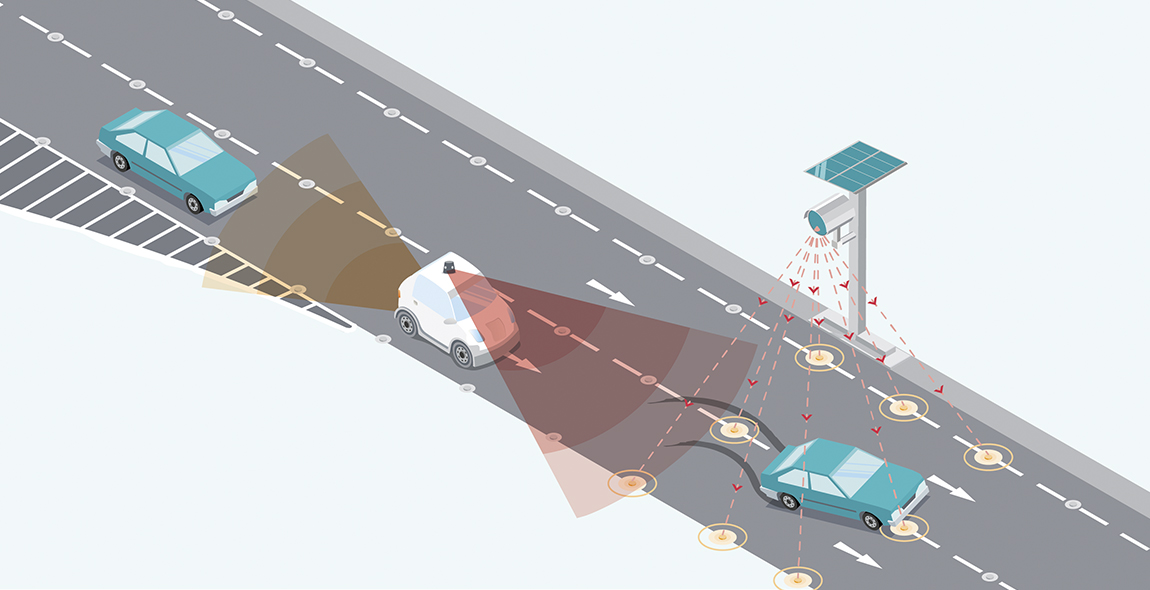
Figure 4 Smart connected road studs detect passing vehicles, communicate with both connected vehicles and a control box, and give visual signals to drivers
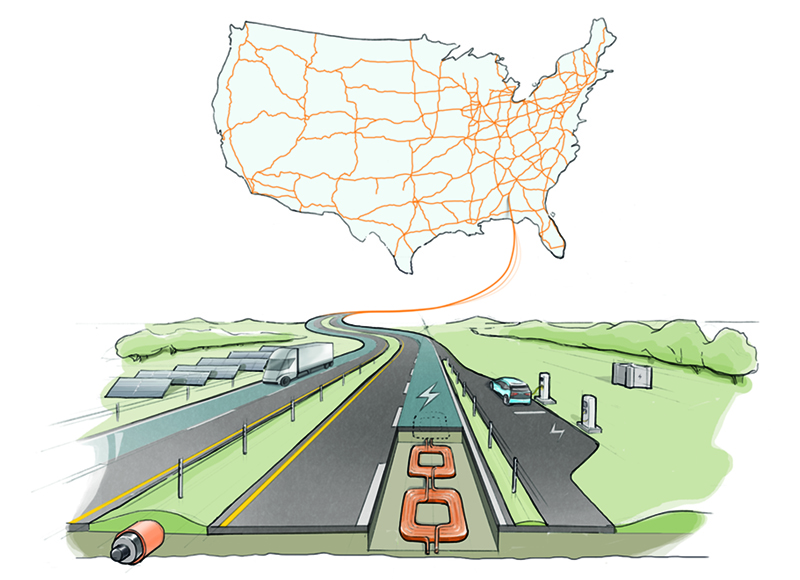
Another big idea that has come from our partnership is about how interstates in the US could be the future energy system – generating renewable energy, using that energy to charge EVs, and forming the backbone of a new national high-voltage, direct current (HVDC) grid.
This will require huge public and private investment, and The Ray will need to build a broad movement to make it happen. Together with The Ray, we have written a white paper describing this big idea in more detail. (here).
We continue to stand with The Ray as close partners on its innovation journey, helping it to assess technology, identify and prioritise new opportunities, and build effective partnerships.
Together, we’ve made some tough decisions to turn away from some things that initially sounded promising. A technology to capture energy from slowing vehicles turned out not to be practical. And we thought in detail about solar noise barriers (here). Whilst they are an excellent technology, we felt The Ray couldn’t help much right now, in part because of the lack of a suitably noisy demonstration site on I-85. So often in innovation, the decisions on what not to do are as important as the decisions on what to do.
What’s next? We’re currently working on a roadmap for 2020–2025 and beyond. Watch this space!